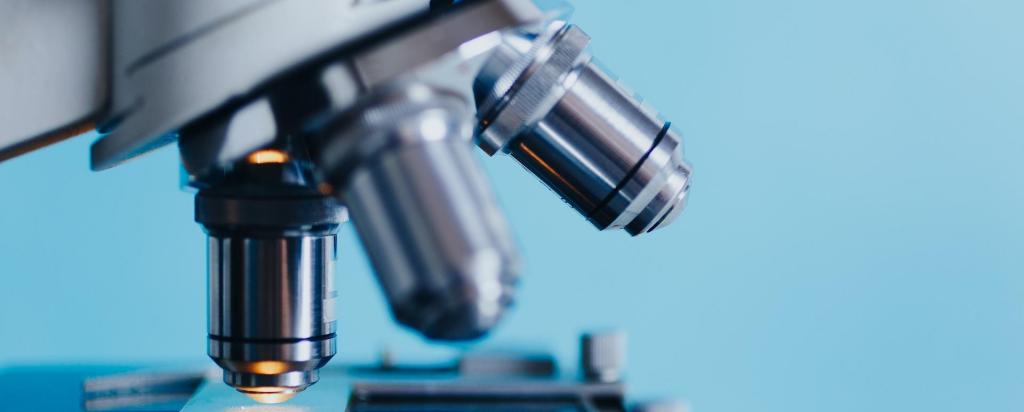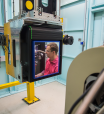ANSTO's National Science Week Hackathon
For the fourth year in a row, we're excited to be launching our Hackathon for students in partnership with the Australian Science Teacher's Association (ASTA) and the Design Factory Global Network (DFGN) as part of National Science Week. The theme for 2023 is Innovation: Powering Future Industries. The theme will incorporate the advancement in technology in all industries, especially using artificial intelligence (AI).









